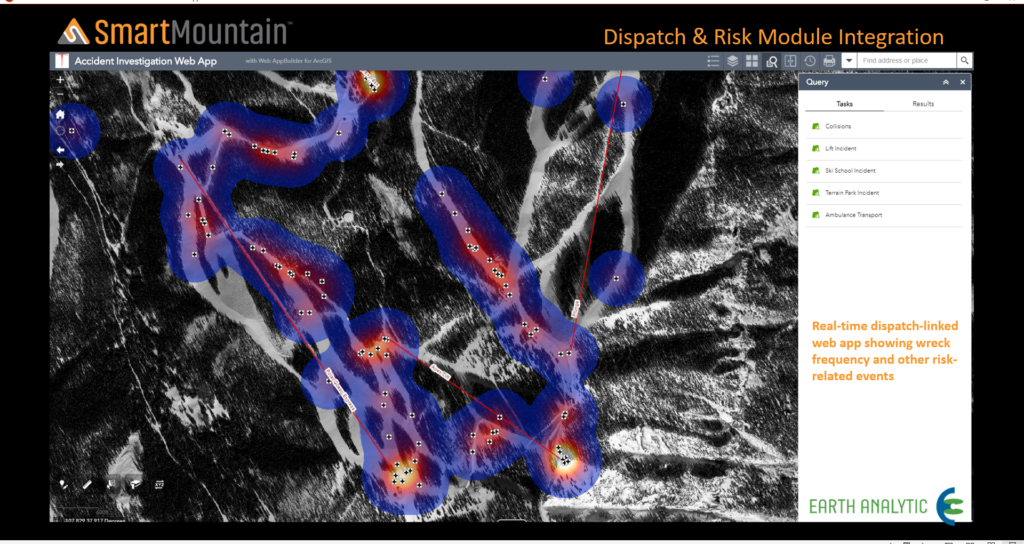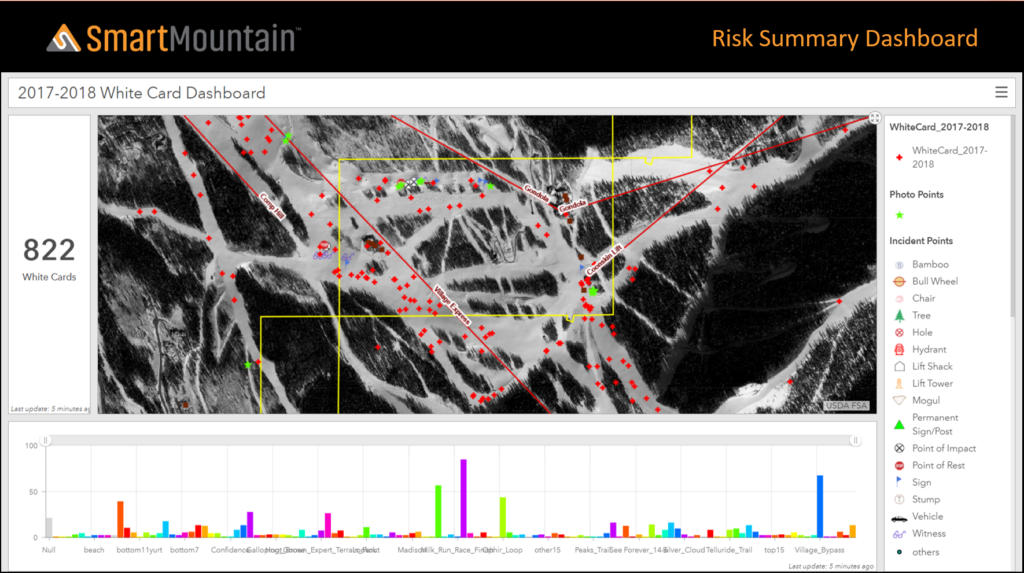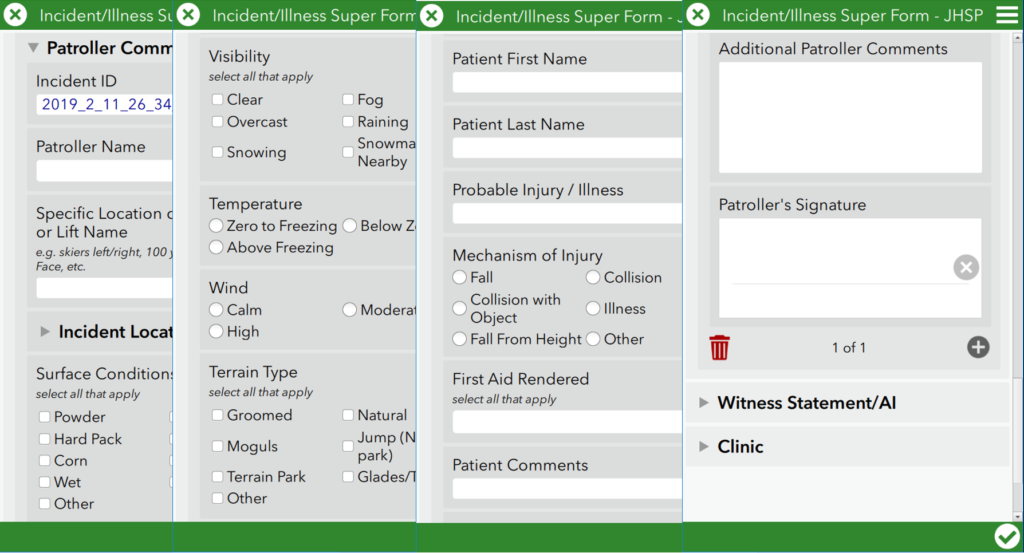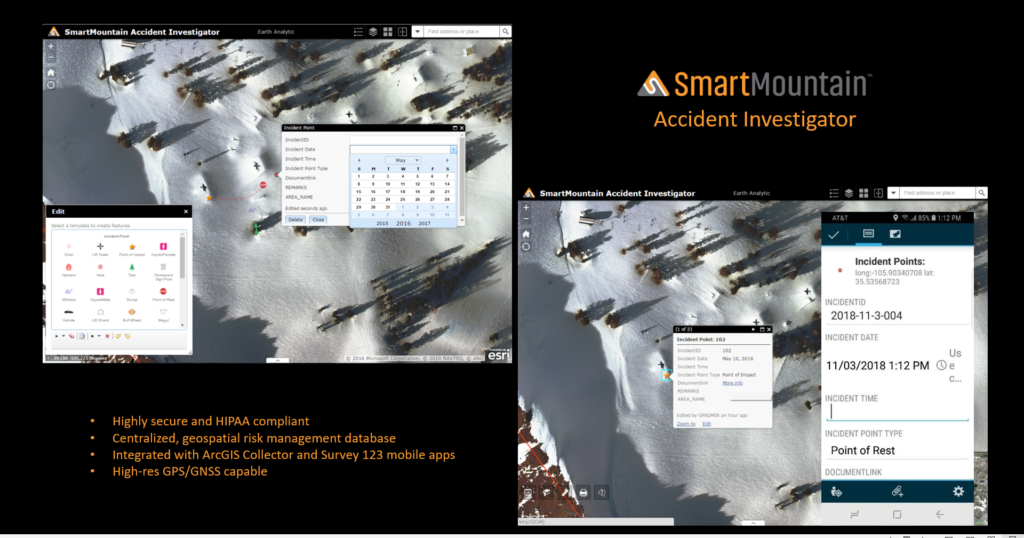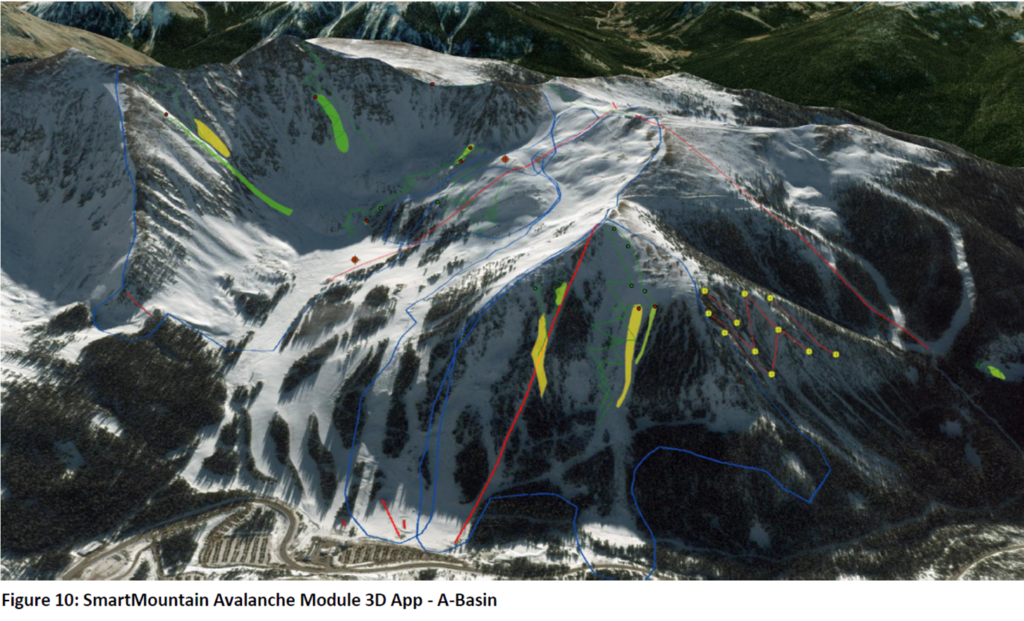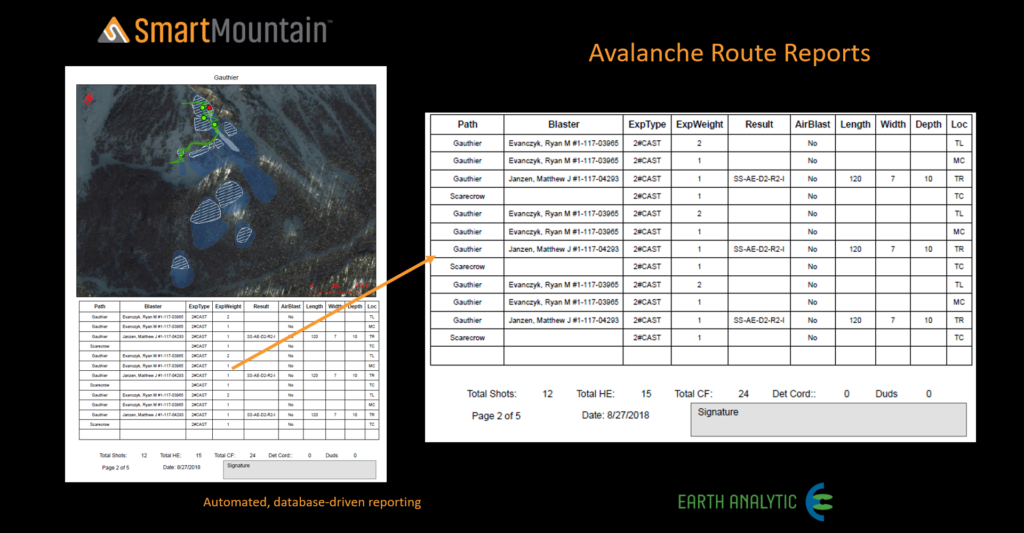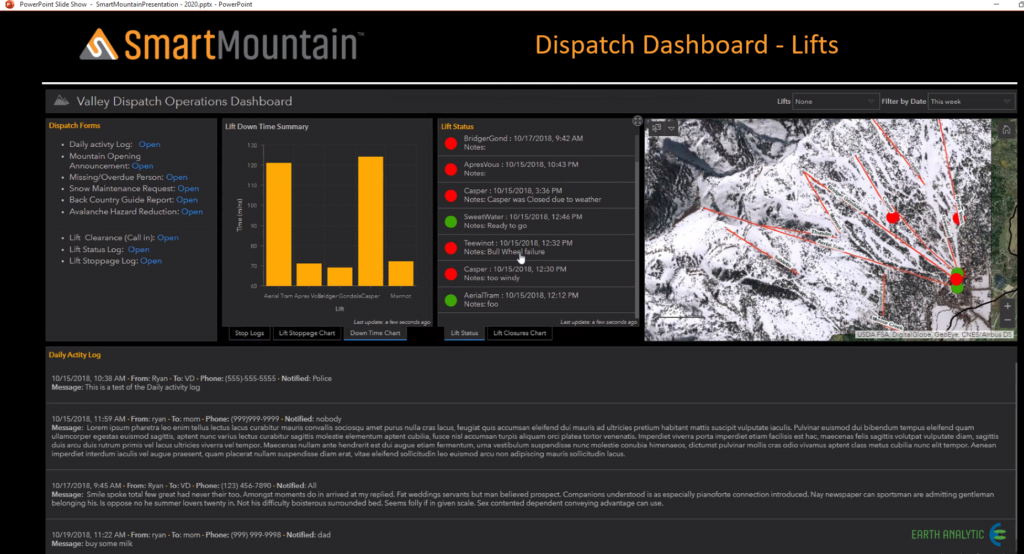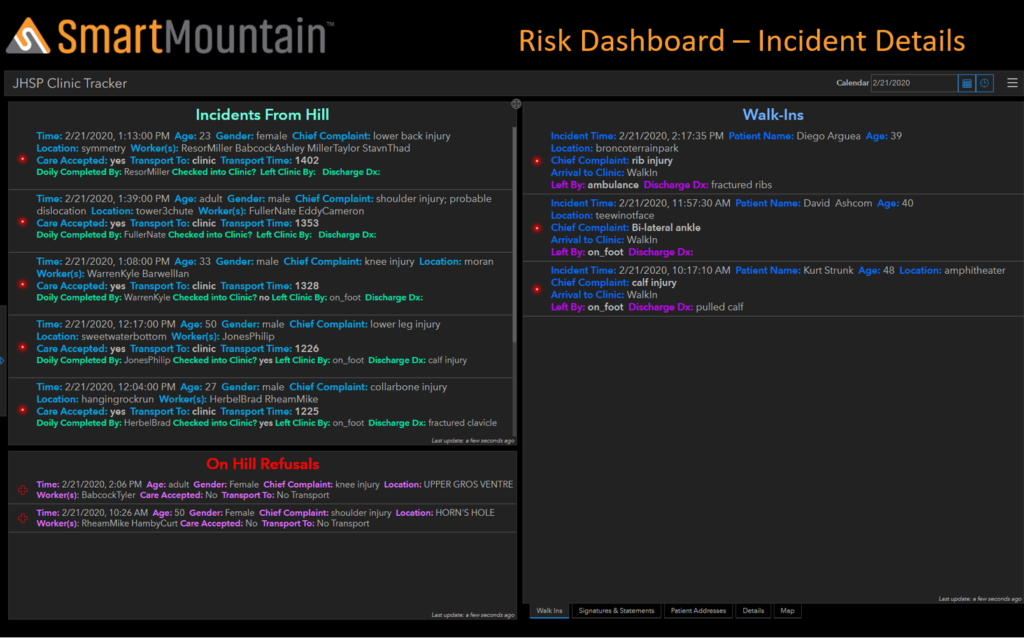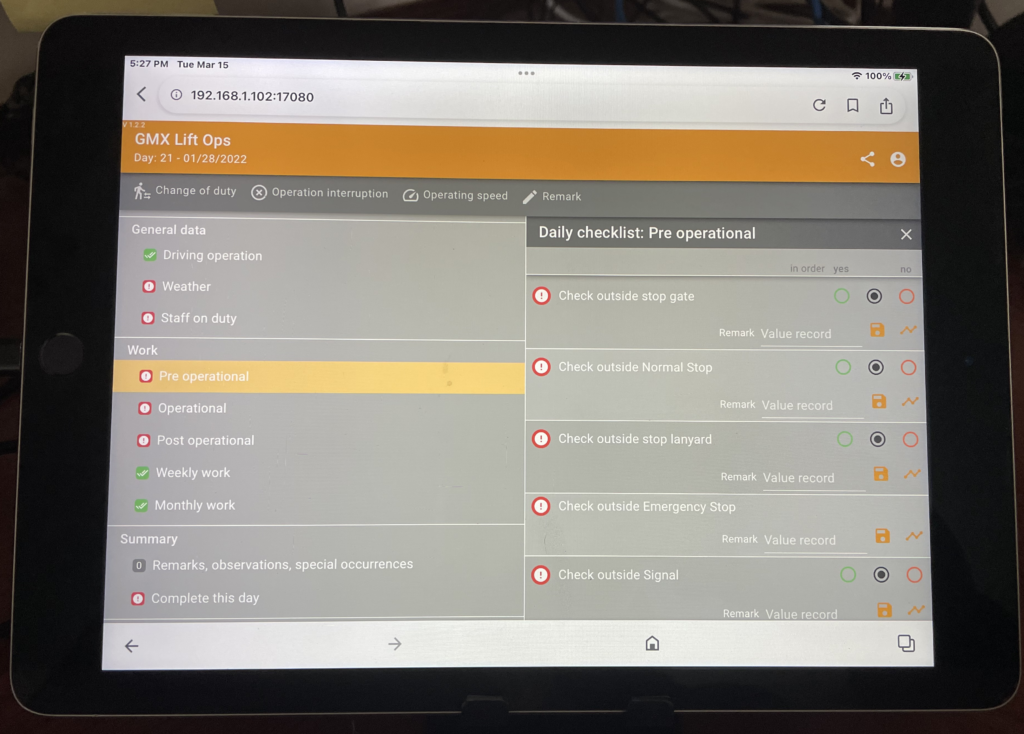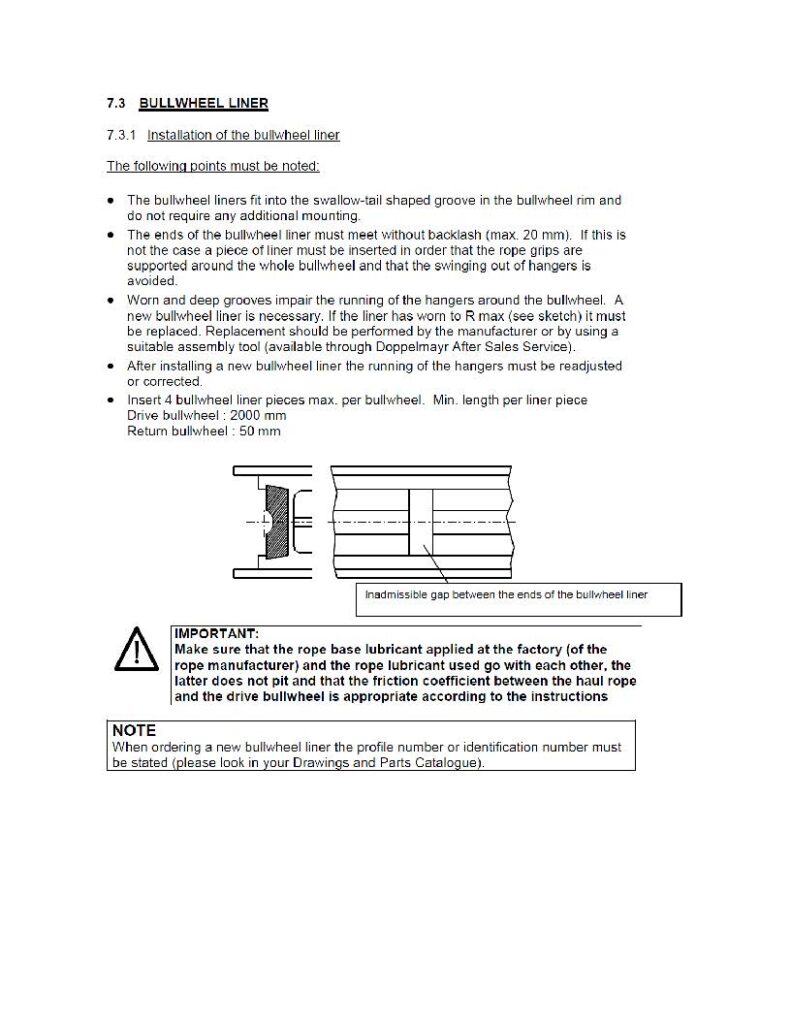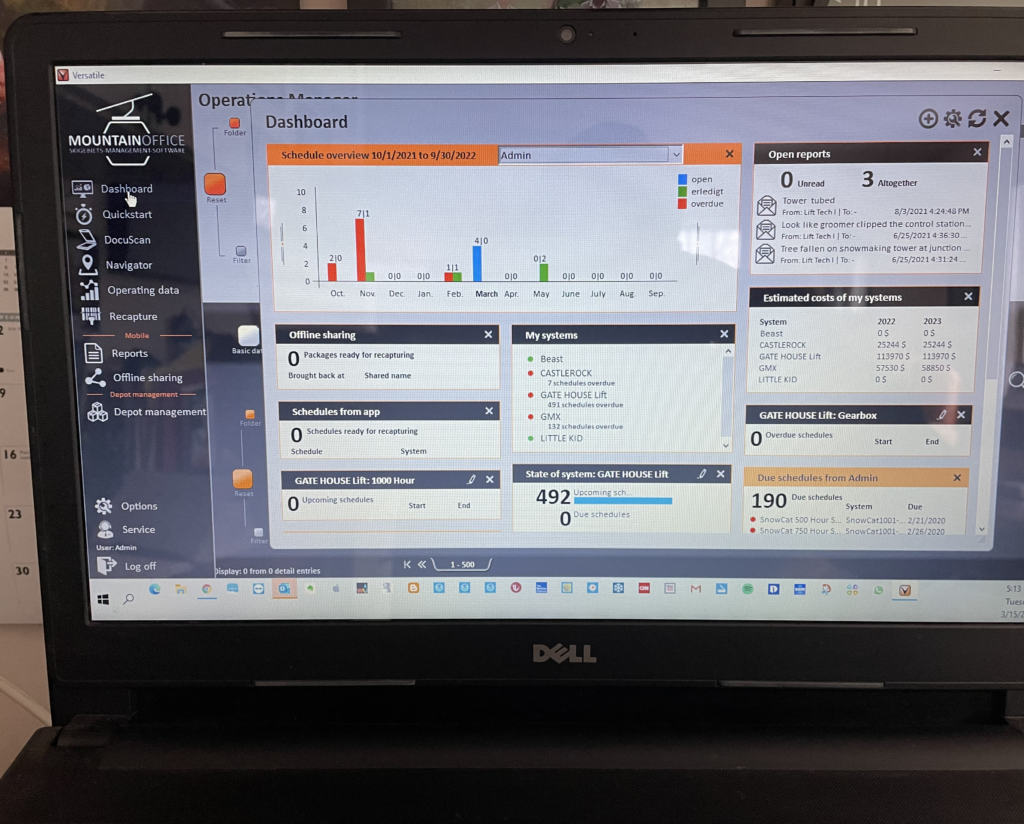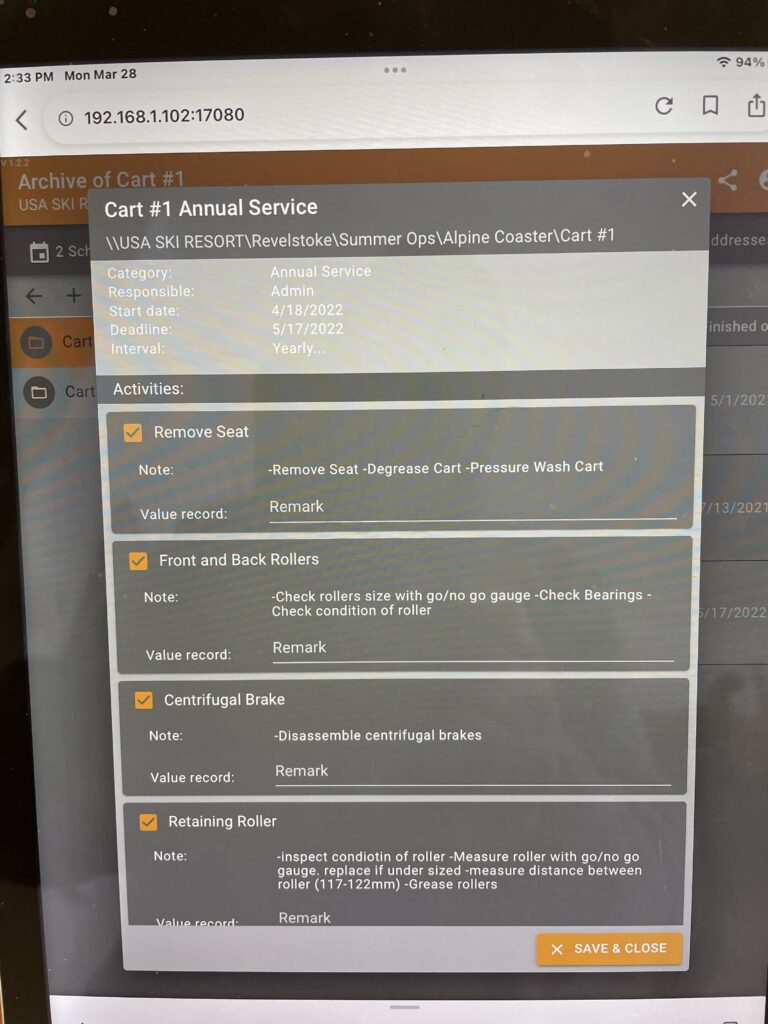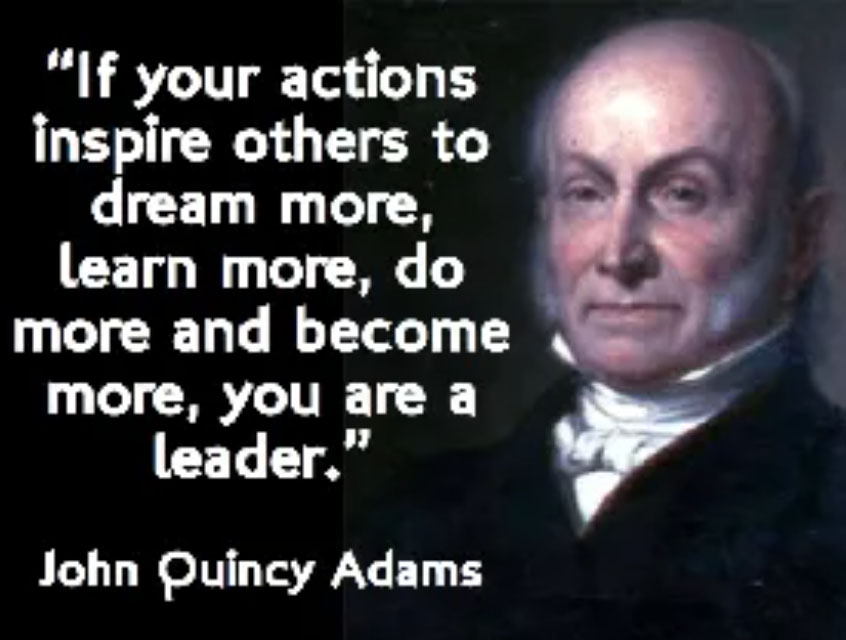
Everyone thinks they want to be a leader. Many people are promoted to a management position without a thoughtful review of whether they are meant for leadership. So what are the right motives for being a leader?
There are two fundamental leadership motives. They are:
- Reward-centered leadership: the belief that being a leader is the reward for hard work; therefore, the experience of being a leader should be pleasant and enjoyable, free to choose what they work on and avoid anything mundane, unpleasant, or uncomfortable.
- Responsibility-centered leadership: the belief that being a leader is a responsibility; therefore, the experience of leading should be difficult and challenging (though certainly not without personal gratification).
No leader is purely reward-centered or responsibility-centered. All leaders struggle at times, and all rise up to do the right thing at times. But one of these two motives of leadership will be predominant, and that motive will have a profound impact on the success of the leader and the ski area he or she serves.
To clarify, let’s look at the five omissions of a reward-centered leader. The responsibility-centered leader does not omit these responsibilities as a leader. The five situations or responsibilities that reward-centered leaders delegate, abdicate, or avoid altogether are:
- Developing a cohesive leadership team – many delegate this to the head of HR; lip service may be given to the importance of team-building with fancy retreats, but one wonders if the leader passes off the team’s building, how important is the team.
- Having difficulty and uncomfortable conversations – developing teams involves having emotional and uncomfortable conversations. Having such discussions is something a reward-centered leader avoids or delegates. One of a leader’s primary responsibilities is to confront difficulty, awkward issues quickly and with clarity, charity, and resolve.
- Managing subordinates (and making them manage theirs) – often, reward-centered leaders don’t know what their subordinates are working on or whether what the leaders and their teams are working on are aligned with the ski area’s strategic goals. The reward-centered leader’s excuse is that they abhor micromanagement or they trust their subordinates. Trusting someone is not an excuse for not managing them. And helping subordinates establish a direction and knowing how they are progressing is far from micromanagement.
- Running great team meetings – sounds simple, but meetings are a tell-all for a lot. Meetings remain one of the most unpopular and underestimated activities in business. It is where leaders make decisions. Can there be a more critical, central, or indispensable activity within a ski area than a meeting?
- Communicating constantly and repetitively to employees – most leaders don’t mind the idea of communicating to employees, but the majority of them underestimate the amount of communication that is necessary. A leader communicates to employees at all levels to ensure that people are aligned with and have bought into what is going on and where they fit into the ski area’s success. A reward-centered leader forgets that employees hate not knowing what’s going on in their ski area. No reasonable employee has left a ski area because management communicated too much.
No leader is perfect; no leader has a pure leadership motive. A reward-centered leader can come to realize that he or she is avoiding situations, discussions, and responsibilities. Upon that realization, the leader can become a responsibility – centered leader with focus and work.
This article summarizes The Motive written by Patrick Lencioni, founder of the Table Group and creator of the CAPA network of which I am a member.






